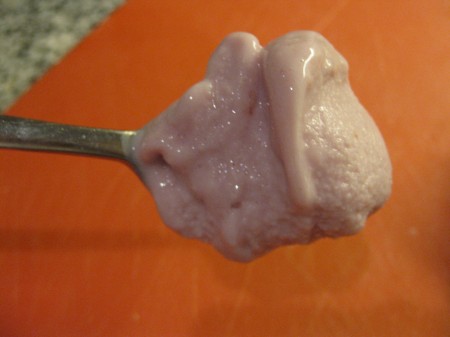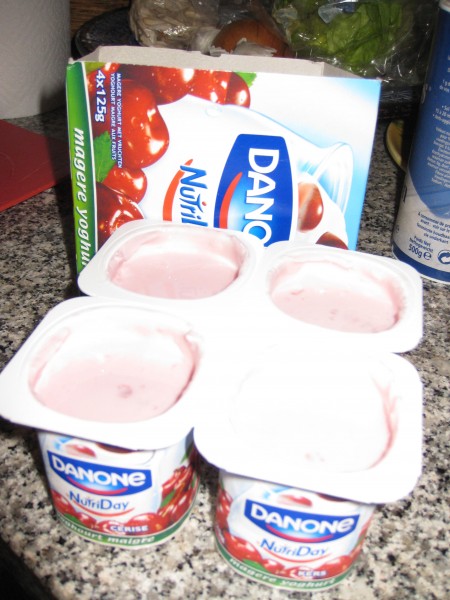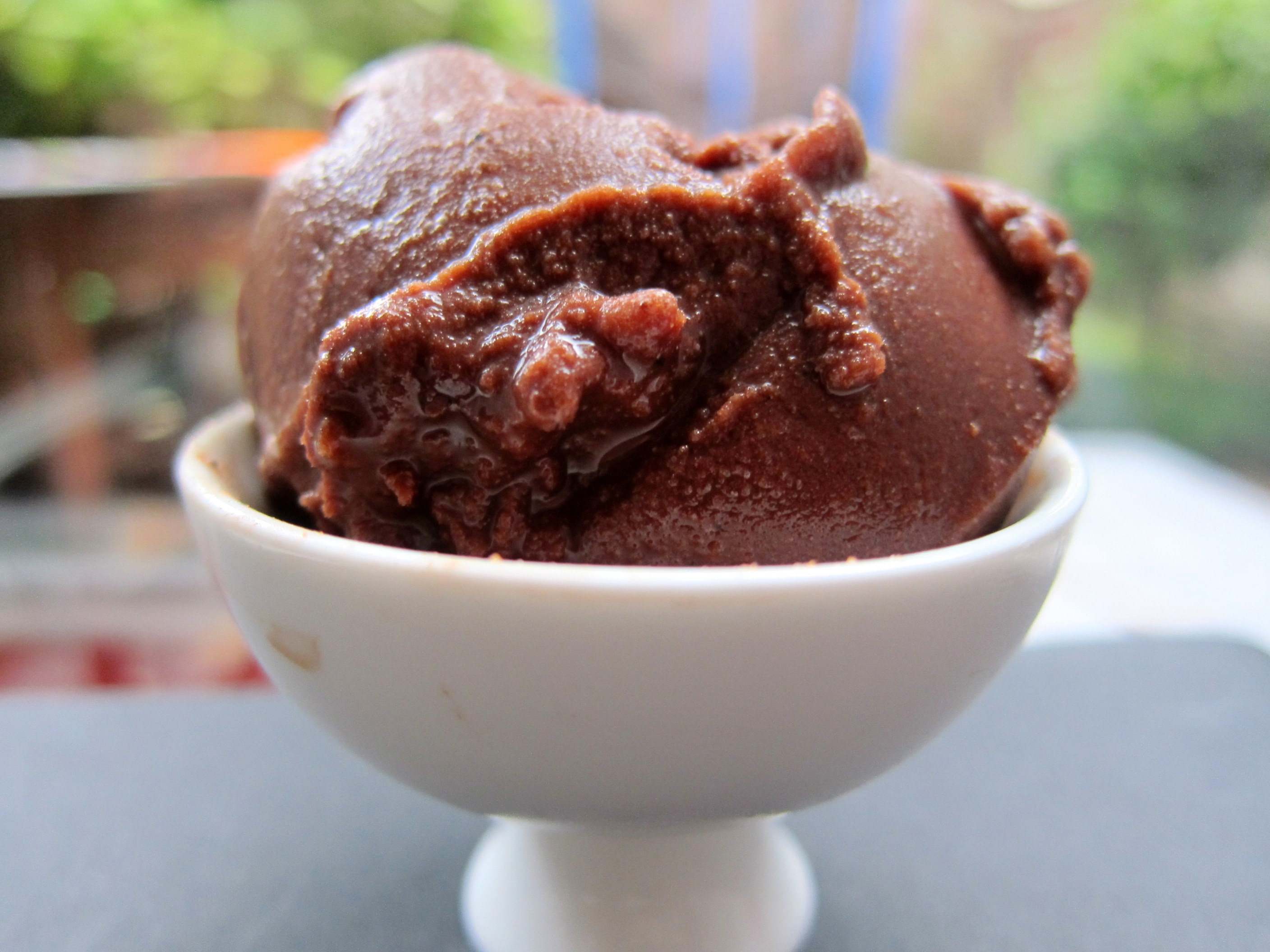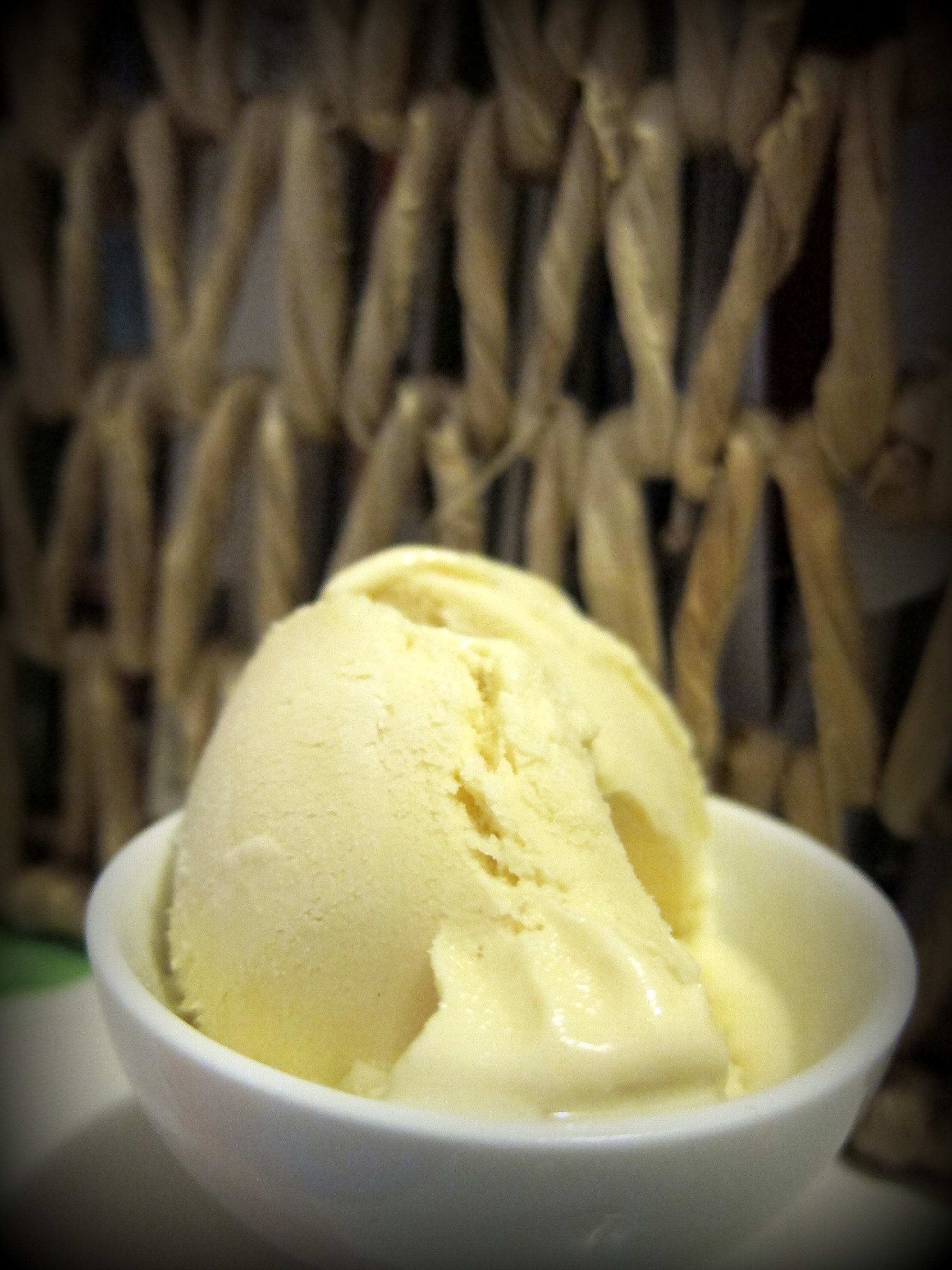Ice cream and health
Let’s be honest – talking about “healthy” and “ice cream” at the same time might be something of a contradiction in terms. “Health” and “ice cream” simply do not go as well together as, say, “health and fruit” or “health and groceries”.
Generally, ice cream would rather seem to be the nemesis of any serious ambitions to care for bodily health. Why? Ice cream is typically composed of two intermixed products, each being able to cause health concerns already on their own – fat and sugar.
What about “healthy ice creams”?
Some types of ice cream – like frozen yoghurt – have gained a certain reputation for being more sound than others. What they usually try to do is to reduce the cream (fat) levels. Since this, on the other hand, affects the body and composition of ice cream negatively, this typically means adding more sugar and/or stabilisers. If sugar is replaced by artificial sweeteners, this does not only raise certain health concerns of its own, but also usually means that further additions need to be made to compensate for the losses to structure and softness caused by less “real” sugar in the ice cream.
“Slow-churned” ice cream basically means that to ice cream contains more air (and less actual content, so to say). Labelling ice cream composed of a lot of air as “healthier” does seem quite a bit illusory to me.
From a pure health perspective, ice cream should obviously best be enjoyed in strict moderation, if at all …
Here, some lovers of ice cream would probably be ready to jump in and say something to the effect that “life without ice cream is not worth living”. Regardless of the level of obsession encountered, it does seems clear that the positive sensations of tasting ice cream obviously must have some (very) positive impacts on the mood and general well-being … in particular if you happen to be a true ice cream lover!
Unfortunately, not even a strong love for ice cream can hide the simple truth: Too much ice cream consumption is likely to add to your weight, possibly also paving the way for sugar-dependency or unpleasant sugar-hikes. In this light, the price to pay for ice cream-gluttony may soon be quite measurable, literally speaking.

Gluttony – one of the 7 deadly sins: A difficult temptation already for the people living in the Middle Ages, and even more difficult today, with the progress in ice cream making-techniques and general availability.
So, what can the (at least moderately) health-minded ice cream lover do?
1. Reduce the intake; go for quality – not quantity
Ruling out total abstinence, the difficult but rewarding strategy of eating less might work well for some. Making your own ice cream, you may continue to make sterling high-class ice cream, but make less (or actually, eat less … which might be easier if you do not make so much each time, to start with;-)
Also, eating less of your own high-quality, splendid ice cream is actually not so bad either, if you compare with eating more of any typical commercial ice cream. Your own ice cream will usually have much less air (overrun), making one scope of your denser ice cream actually comparable to around 2-3 scoops of the normally much blown-up commercial ice cream.
2. Exercise, move around more in your daily life … and burn more energy!
As the eternal wisdom of weight loss dictates, either you reduce the intake of food or you increase your own movements to burn off the excesses! While it may seem bizarre to some to advocate exercising as a means to eat more ice cream, it makes perfect sense to any lover of ice cream. And remember – just by taking the stairs and walking around more than you normally do, you’ll soon start to reap the benefits!
3. Alter the intake – modify ice cream content in healthier directions
Obviously, since you are in full control of what you put into your ice cream, you could play around with the recipes to seek for healthier versions and varieties – fat cream could be substituted for milk or yoghurt, and sugar volumes could be reduced or replaced (at least to some degree) by sugar substitutes like birch sugar (xylitol). Just remember that some of these changes also will affect parameters such as body, texture and taste. Learning more about the science of ice cream could help you out here.
As a quick, pre-fabricated way of enjoying quasi-home made ice cream, try to put any fruit flavoured yoghurt (even low-fat might do) in your ice cream machine. The result may be a positive surprise for you, but should best be enjoyed fresh and right away, as it does not store too well.
Actually, you can do a fairly healthy and fast frozen yoghurt yourself too: Mix 5 dl of “standard” yoghurt with 5 dl of berries or other fruits. If you don’t stick to bananas, you’d better consider adding about 3-5 tablespoons of icing sugar too, however. Freeze in your ice cream machine until nice but still rather soft. Like the ready-made yoghurt version, this one does not store well in a freezer either so enjoy it once it is ready!
Also, do test the very nice “quasi-ice cream”, mainly based on bananas, which you can find here!








I am a new and true fan of your ice cream site. You have convinced me to buy my own ice cream maker. I will, however, indulge myself and go for the heavy fat stuff.
Best of luck, Åsa! I would guess that most ice cream lovers agree that “the heavy fat stuff” can be very, very nice (and not necessarily so bad – compared to the alternatives – as it’s cut out to be). Should the need arise, however, I trust that you’ll keep the other pieces of advise here in the back of your mind;-)